If you’ve ever read “plouf!”, “dring dring!”, or “hihi!” in a comic book, you’ve already met some of French onomatopoeia.
French sound words are full of charm and personality — they appear in everyday speech, comics (bande dessinée), and fun expressions used between friends.
While French uses fewer onomatopoeic words than Japanese, it still offers a lively palette of expressions that reflect how French people perceive the world’s sounds — often with a little humor.
What Are French Onomatopoeia Like?
Many French sound words are playful, rhythmic, and expressive.
- plouf! — splash into water
- dring dring! — ringing sound (like a phone or bell)
- toc toc — knock on a door
- pan! — bang (like a gunshot)
- hihi! — soft laughter
French sound words often appear on their own, like interjections — short bursts that deliver a sound and a smile at the same time.
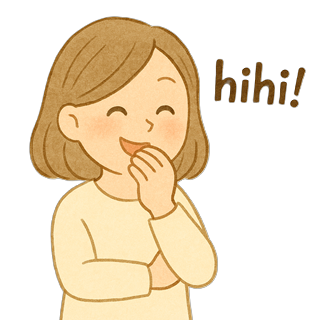
Types of Onomatopoeia (French focus)
Just like in many other languages, French onomatopoeia can be grouped into several types:
| Type | Description | French Examples | Japanese Comparison |
|---|---|---|---|
| Sound-based | Real-world noises | dring, toc, plouf, pan | pinpon, don don |
| Motion-based | Physical movement or rhythm | crac — cracking noise | baki!, gatan |
| Emotion-based | Feelings, mood, or internal state | hihi — giggle, oh là là — surprise | ehehe, arara |
| Texture-based | Softness, stickiness, vibration | (not frequent) | fuwa fuwa, beta beta |
| Condition-based | Physical or environmental state | (very rare) — possibly ouf (relief/exhaustion) | haa…, dara dara |
| Visual-based | Visual effects like sparkle or flicker | (rare) — maybe pif paf (comic-like bursts) | kira kira, bashi bashi |
French onomatopoeia tends to focus on audible, distinct, real-life sounds, especially for objects and actions.
Emotion, texture, and visual expressions are less systematized than in Japanese,
but certain interjections (like oh là là, ouf) or comic-style effects (like pif paf) convey rich feeling and imagery.
How French and Japanese Onomatopoeia Differ
| Aspect | French | Japanese |
|---|---|---|
| Structure | Short, interjection-style | Repetitive, syllabic |
| Emotion range | Laughter, surprise | Full spectrum (joy, tension, sadness) |
| Appearance | Often in comics, conversation | Used in all kinds of media |
| Cultural tone | Expressive and playful | Expressive and nuanced |
Why French Onomatopoeia Are Fun to Learn
They reflect a French way of “hearing the world”
They sound cute and funny
Easy to remember thanks to comics and songs
Used often in casual chat or storytelling

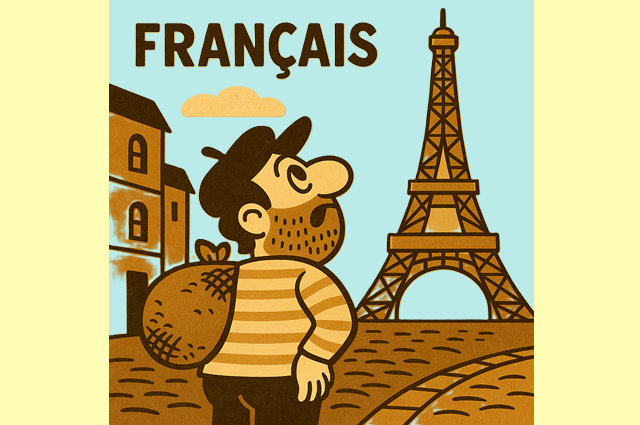
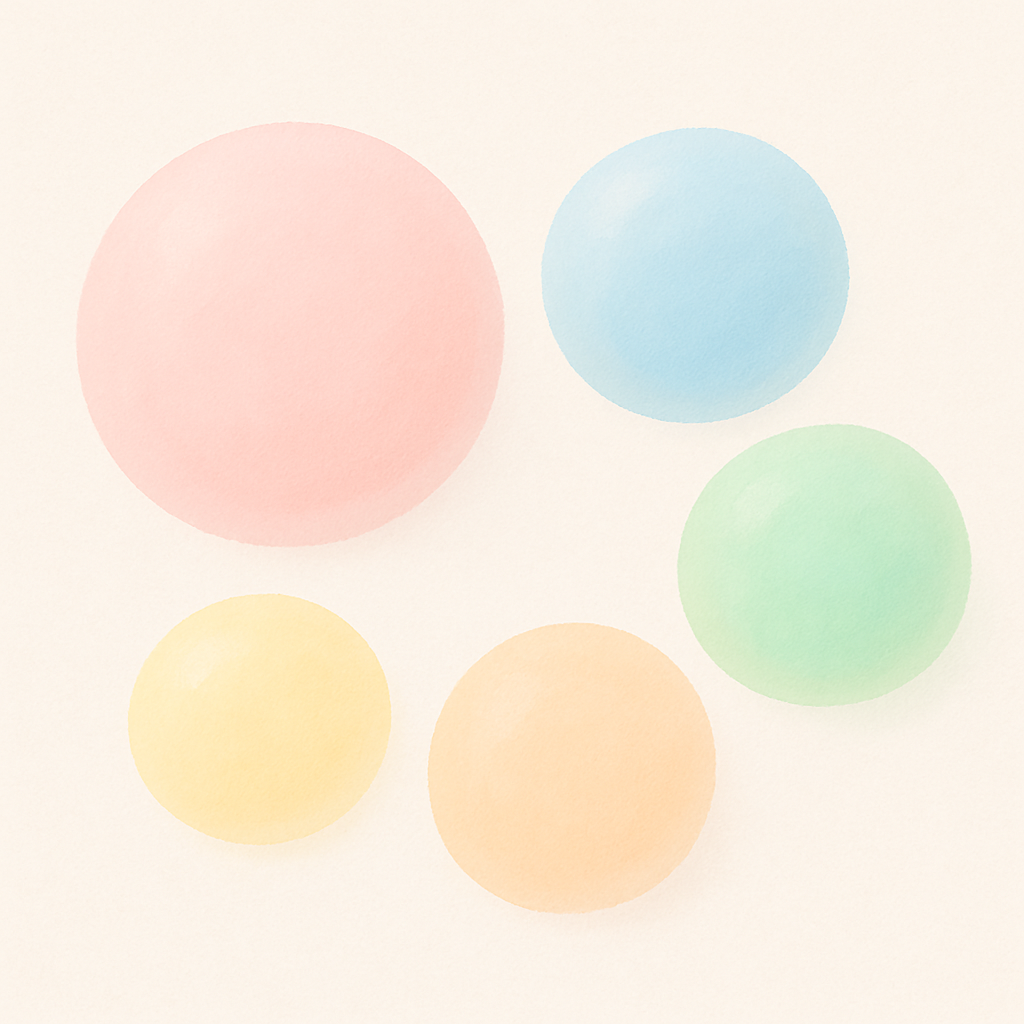

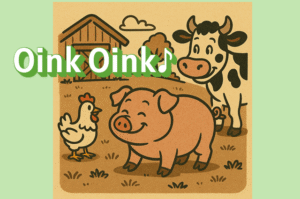



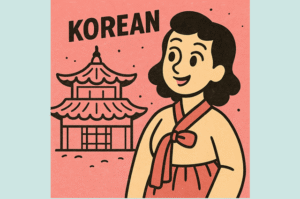
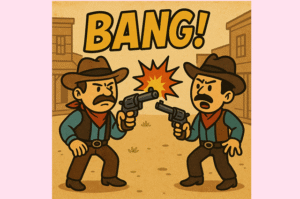
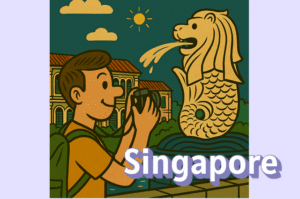

Comments